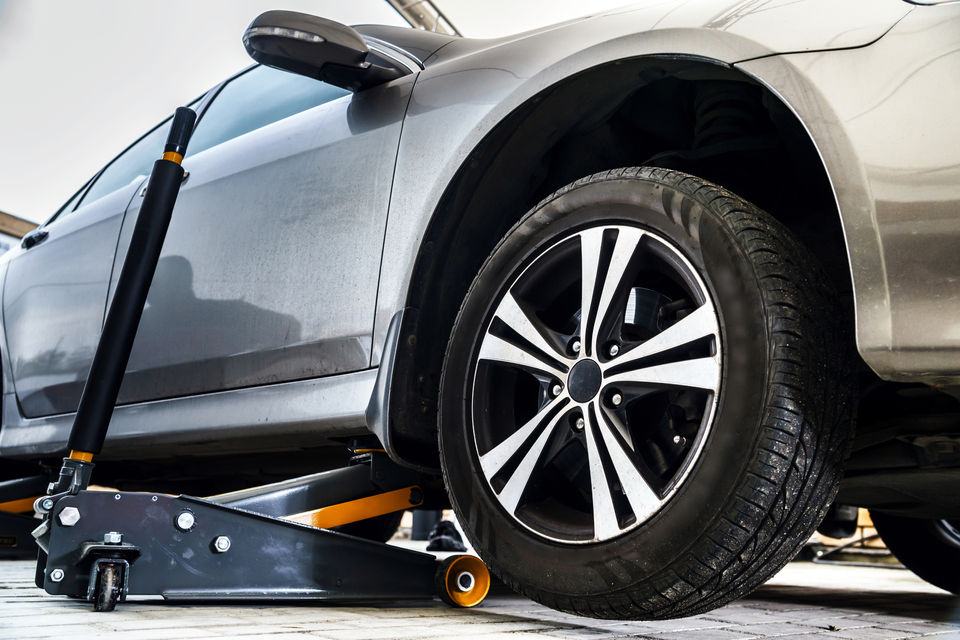
Difference Between Wheel Balancing and Alignment? [Answered]
Does your car sometimes vibrate or pull to one side while driving?
These issues can often be attributed to problems with wheel balancing and alignment. Wondering about the difference between the two? Let’s find out!
What Is Wheel Balancing?
Wheel balancing involves correcting the uneven distribution of weight on your vehicle’s wheels.
When wheels are not properly balanced, they can cause several issues, including vibrations, excessive tyre wear, suspension damage, and poor handling.
During a tyre balancing service, a technician uses a tyre balancing machine to measure the imbalance of the tyre and wheel assembly.
By doing so, they can accurately install the appropriate weights to achieve a balanced wheel and tyre assembly.
What Is Wheel Alignment?
Wheel alignment refers to the adjustment of the angles of your vehicle’s wheels to ensure they are all pointing in the same direction, which is vital for straight-line stability and tyre wear.
Regular driving and encounters with potholes or curbs can lead to misalignment, resulting in uneven tyre wear, decreased fuel efficiency, and compromised handling.
During a wheel alignment service, a technician adjusts the camber, caster, and toe angles of the wheels to realign them correctly.
Difference Between Wheel Balancing and Alignment
Focus
Wheel balancing primarily deals with the weight distribution of the tyre and wheel assembly.
On the other hand, wheel alignment focused on the angles of the wheels and their alignment with the road surface.
Procedure
Wheel balancing is a relatively quick and inexpensive procedure. The tyre balancing machine accurately measures the imbalance, and the technician install the necessary weights to achieve a balanced assembly.
In contrast, wheel alignment can be more time-consuming and expensive. It involves adjusting the angles of the wheels using specialised equipment to ensure precise alignment.
Purpose
The primary purpose of wheel balancing is to prevent vibrations, excessive tyre wear, and damage to the suspension by evenly distributing the weight across the diameter of the tyres.
Wheel alignment, on the other hand, aims to maintain straight tracking, improve steering response, enhance fuel efficiency, and promote even tyre wear by aligning the wheels with the road surface.
Conclusion
Both wheel balancing and wheel alignment are essential maintenance procedures that contribute to the smooth and safe operation of your vehicle.
By taking care of both aspects, you can enjoy a comfortable ride, extended tyre life, better fuel efficiency, and an enhanced overall driving experience.

Louis
I'm Louis, an engineer passionate about helping Australians choose better tyres for their vehicles!
